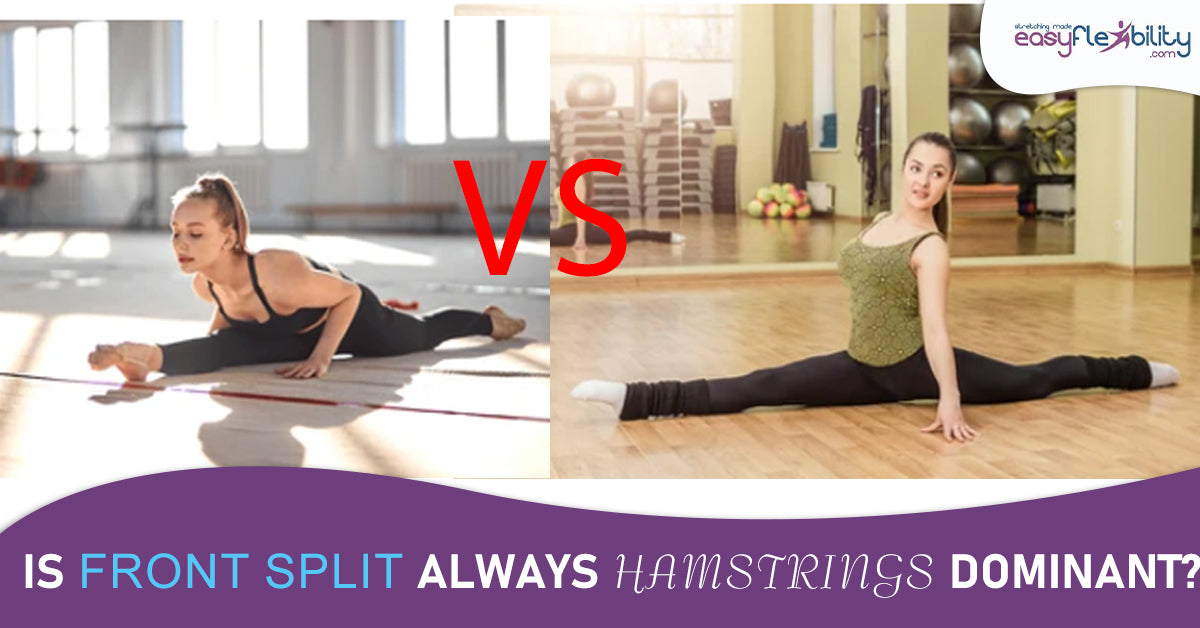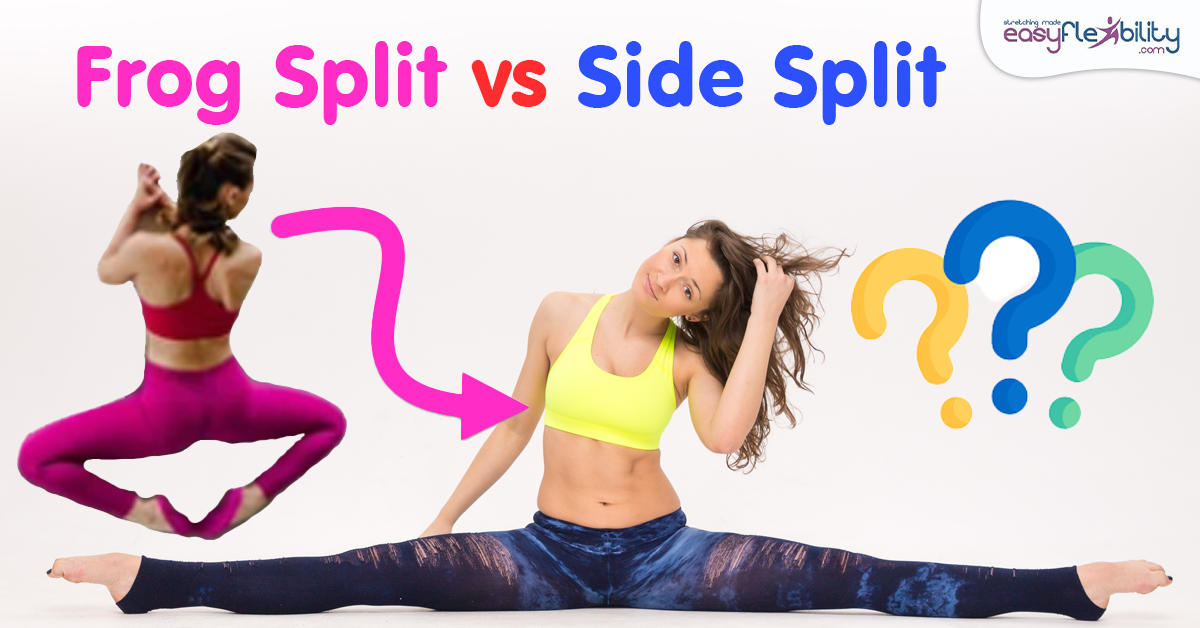I spin figure skating
Posted by Paul Zaichik on

What is an I spin in figure skating.
An I spin in Figure Skating is when a Figure Skater flexes the hip with a straight leg and lifts the leg in front, holding the foot or the skates with the hands. The Figure Skater performs the spin.

Kinesiology of the I spin in Figure Skating.
Kinesiologically, the primary muscles that are being stretched in an I Spin in Figure Skating are the Lateral and Medial Hamstrings, the Biceps Femoris, Semitendinosus and Semimembranosus. Additionally other extensors of the hip such as Gluteus Maximus and Adductor Magnus ischial fibers can also be stretched.
Other important component of the I Spin in Figure Skating technique.
When you lift your leg in front of you in an I Spin, and hold it off the ice, you are not spinning and you are standing on a flat foot. When you do that, there is a lot more ways to compensate than when your balance in the I spinning technique is involved.
For example, if you have tight lateral hamstrings and your leg moves out to the side, it either becomes a different spin or your body tries to compensate to keep the leg in front of you. Usually, your body compensates by rotating the torso, by shifting the hips, possibly by bending the supporting leg more, and by pulling your scapula, usually forward.
Not only does this not look like a good technique, it looks like you were scared or struggling, and it may not look good to the judges. At the same time, it takes away from your focus on the previous techniques, the next technique and the spin itself.
For example, if you have tight lateral hamstrings and your leg moves out to the side, it either becomes a different spin or your body tries to compensate to keep the leg in front of you. Usually, your body compensates by rotating the torso, by shifting the hips, possibly by bending the supporting leg more, and by pulling your scapula, usually forward.
Not only does this not look like a good technique, it looks like you were scared or struggling, and it may not look good to the judges. At the same time, it takes away from your focus on the previous techniques, the next technique and the spin itself.
Figure Skating Combo
Take Your Figure Skating to the Next Level
This Figure Skating Combo includes the following programs:
Flexibility is a very important component on an I Spin in Figure Skating
Thus, flexibility is a very important component on an I Spin in Figure Skating. The higher the leg goes, the easier it is for you to hold. And at the same time, the more beautiful the technique becomes. The more flexible your hamstrings, the less compensation you have to do and thus more effortless the technique begins to look.
However, it is always great to have room for compensation if something goes wrong or you want to bring the leg a little bit higher than you usually can. The most difficult part of the compensation would be the supporting leg. Because if your pelvis tilts backward, in other words, your tailbone gets pulled under so that your leg can go higher, and the compensation is from flattening the back and performing a posterior pelvic tilt.
Flexibility in the hip flexors and adductors of the standing leg is what will allow you to make that compensation effortless and not pull your bottom leg into unstable, uncomfortable position.
If you're interested in proper strength, flexibility, combined programs that will allow you to master an I spin, you can take a look at the Standing Front Split Program. And if you want to make sure that your hip flexors are ready in case you need to compensate, you can take a look at the hip flexors below.
However, it is always great to have room for compensation if something goes wrong or you want to bring the leg a little bit higher than you usually can. The most difficult part of the compensation would be the supporting leg. Because if your pelvis tilts backward, in other words, your tailbone gets pulled under so that your leg can go higher, and the compensation is from flattening the back and performing a posterior pelvic tilt.
Flexibility in the hip flexors and adductors of the standing leg is what will allow you to make that compensation effortless and not pull your bottom leg into unstable, uncomfortable position.
If you're interested in proper strength, flexibility, combined programs that will allow you to master an I spin, you can take a look at the Standing Front Split Program. And if you want to make sure that your hip flexors are ready in case you need to compensate, you can take a look at the hip flexors below.
Hip Flexors Combo
Let us show you how you can dramatically improve your hip flexors,
steadily, safely, painlessly and quickly with the use of the ZST.
steadily, safely, painlessly and quickly with the use of the ZST.
The Hip Flexors Combo contains the following programs:

About the Author:
Paul Zaichik is an Exercise Science Expert, author of multitude of books, and the creator of Zaichik Stretching Technique (formely known as Kinesiological Stretching Technique). His speciality is flexibility training as well as body weight conditioning. His innovative method is designed to have maximum carry over into specific athletic techniques. Paul is the author of books and DVD’s on the topic of flexibility, martial arts and bodyweight training. Over the years, Paul Zaichik has worked with a variety of individuals including athletes, entertainers, and military personnel. His ElasticSteel Method of Athletic Conditioning programs, EasyFlexibility Programs and Zaichik Stretching Techniques are used world wide by both professional and amateurs with great success.
© ElasticSteel Corp., EasyFlexibility, Paul Zaichik, et. El., 2022. No part of the materials available through ElasticSteel.com, EasyFlexiiblity.com, site may be copied, photocopied, reproduced, translated or reduced to any electronic medium or machine-readable form, in whole or in part, without prior written consent of Paul Zaichik EasyFlexibility.com, Elasticsteel.com.. Any other reproduction in any form without the permission of Paul Zaichik EasyFlexibility.com, Elasticsteel.com is prohibited. All materials contained on this site are protected by United States copyright law and may not be reproduced, distributed, transmitted, displayed, published or broadcast without the prior written permission of Paul Zaichik, EasyFlexibility.com, Elasticsteel.com.
Share this post
- 0 comment
- Tags: easyflexibility, figure skating, flexibility, hip flexor, Hip flexors, how to get flexible fast, how to stretch for splits, kinesiological stretch, kinesiological stretching, stretch, stretching, Training Flexibility
0 comment









